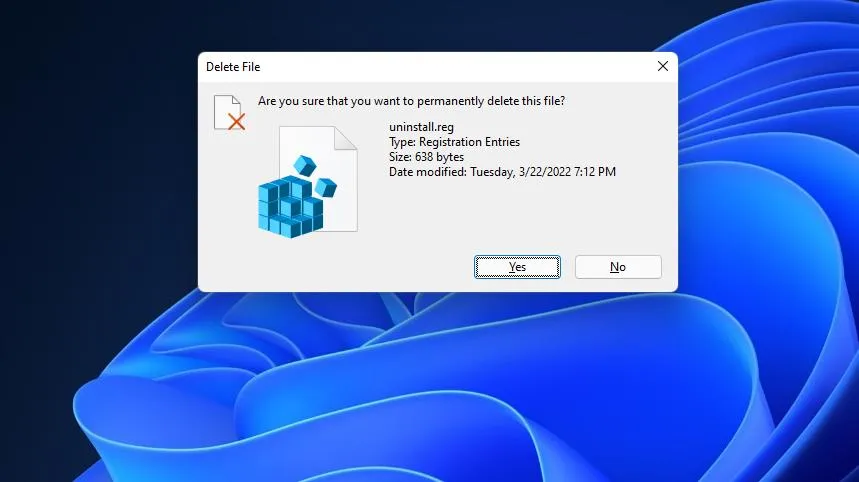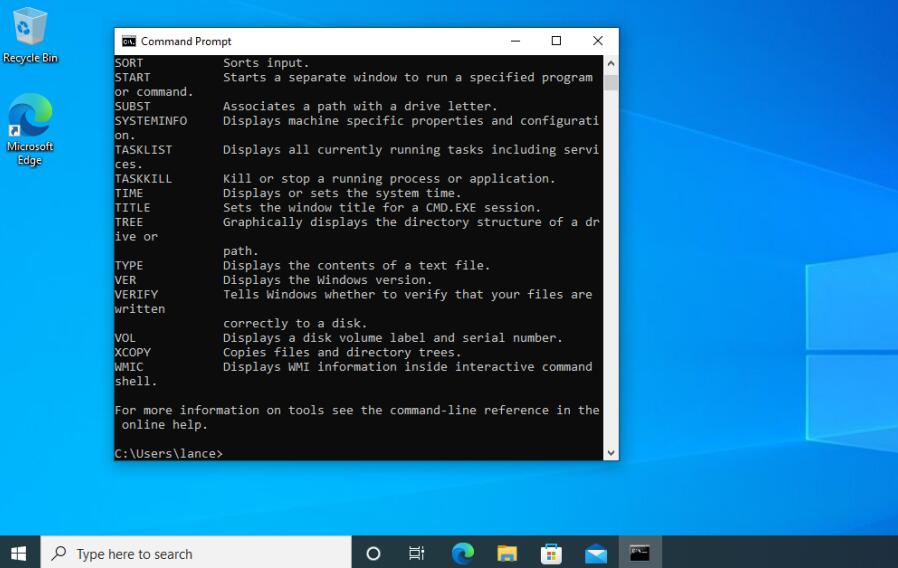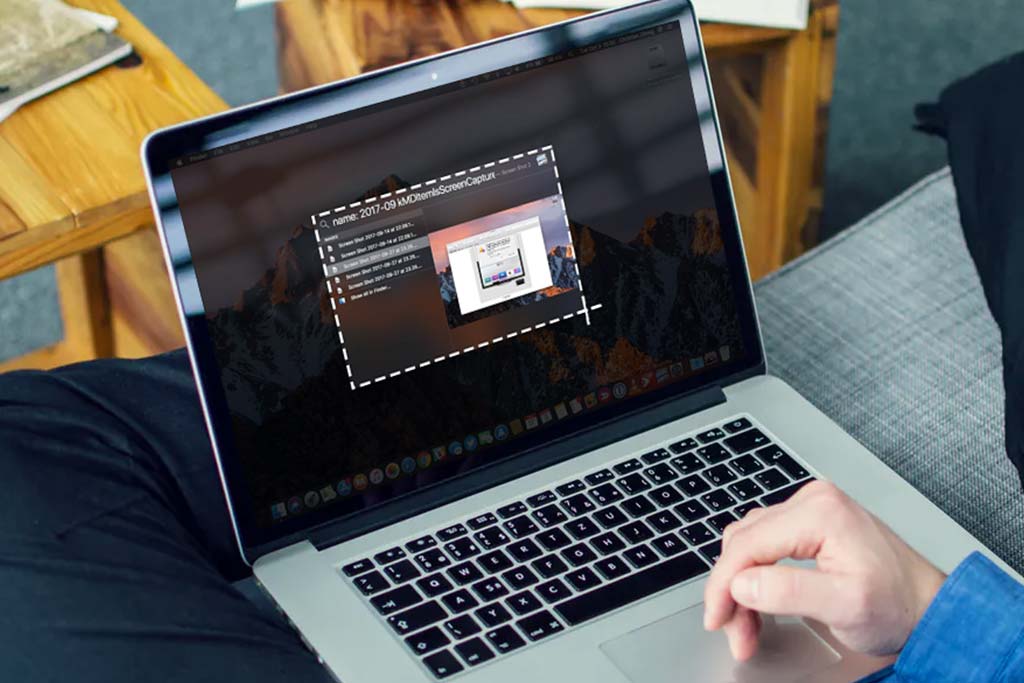6 Ways to permanently delete files from your computer
Welcome to visit Blackview (Supplying budget mini PC and laptop, etc.) blog. Hope the guide helps.
When you delete a file from your computer using the "Delete" key or dragging it to the Recycle Bin, it's not permanently erased. Instead, it’s simply marked for deletion, and the space it occupies is made available for future use. If you want to permanently delete files and ensure they can't be recovered, follow the steps in this guide.

Note: Permanently deleting files is irreversible, so please ensure that the files you are erasing are no longer needed. Once deleted securely, these files cannot be recovered. It’s always a good idea to double-check and create backups of important data before proceeding with any permanent deletion methods.
1. Empty the Recycle Bin
The first and simplest step is to remove files from the Recycle Bin. However, this method alone doesn't securely erase the files.
- Windows: Right-click the Recycle Bin icon on the desktop and select "Empty Recycle Bin."
- Mac: Control-click the Trash icon in the Dock, then click "Empty Trash."
2. Shift + Delete (Windows Only)
One of the common shortcuts for Windows. To bypass the Recycle Bin and permanently delete files immediately:
- Select the file(s) or folder(s) you want to delete.
- Press Shift + Delete.
- Confirm when prompted. This deletes the files without sending them to the Recycle Bin, but they can still be recovered with specialized software unless overwritten.
3. Use a File Shredder or Data Eraser Software
To truly erase a file beyond recovery, specialized software overwrites the data multiple times. Here are some recommended tools:
- CCleaner: Provides a built-in “Drive Wiper” tool for secure file deletion.
- Eraser (Windows): A free tool that allows secure file deletion by overwriting the data several times.
- BleachBit (Windows/Linux): An open-source tool for securely deleting files.
- Disk Utility (Mac): A built-in tool that can securely erase free space or entire drives.
Steps with CCleaner (as an example):
- Download and install CCleaner.
- Open CCleaner, navigate to the Tools section, and choose Drive Wiper.
- Select the type of wipe (Free Space or Entire Drive).
- Choose the number of passes (the more passes, the more secure the deletion).
- Click Wipe.
4. Use Built-In Tools (for Windows)
Windows has a built-in command line tool called Cipher that can wipe free space and permanently remove deleted files.
- Open Command Prompt (search for it in the Start menu).
- Type the following command: cipher /w:C:
- Replace C: with the appropriate drive letter if you are wiping a different drive. This command wipes all previously deleted files on that drive.
5. Format the Drive (For Extreme Cases)
If you want to ensure that all files on a hard drive or external drive are permanently deleted:
Windows:
- Open File Explorer, right-click on the drive you want to format, and select Format.
- Choose the file system (NTFS for internal drives, exFAT for external drives).
- Make sure to uncheck the “Quick Format” option for a full, secure format.
Mac:
- Open Disk Utility.
- Select the drive, then click Erase.
- Choose the level of security by clicking Security Options and increasing the number of passes for secure erasure.
6. Physically Destroy the Drive
For ultimate security, especially with sensitive data, physically destroying the drive ensures no one can recover data. For example:
- Hard Drives: Use a hammer or drill to break the platters inside.
- SSDs: Solid-state drives store data differently, so physical destruction is the best option for permanent deletion.
Conclusion
Whether you're looking for a quick solution or need top-level security, these methods will ensure that your files are gone for good. From using built-in tools to specialized software, or even physically destroying a drive, you now have the knowledge to securely delete your data and protect your privacy.
-20240912100408197.jpg)




